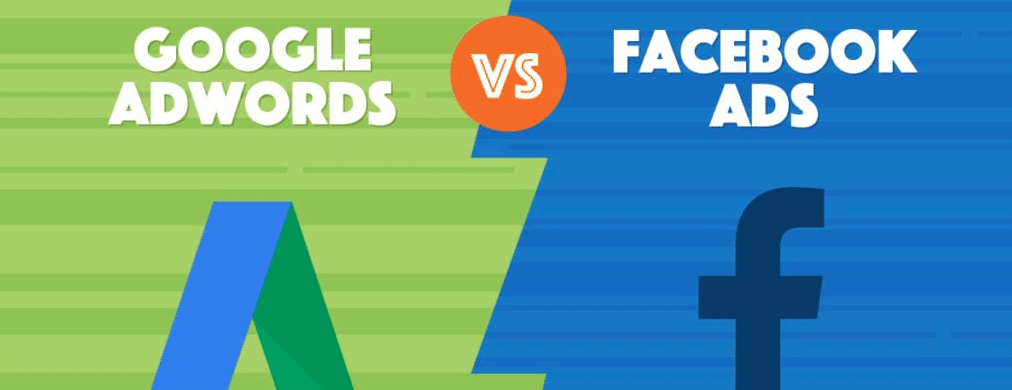Facebook and Google almost enjoy an unchallenged duopoly in the industry of advertising. They amass almost 85% of the total amount spent by the world on online advertisement. Most of the ‘A’-lister marketers trust these two major advertising platforms for putting up advertisements for their products. It is quite difficult to choose between the two. Moreover, it is of utmost importance to decide first, which one suits a particular product and why.
Google AdWords & AdSense:
Google AdWords generate more than 90% of the revenue every year that has a major role in the expansion of Google. An organization bids for the required keywords and the placement of a particular ad to attract more viewers towards the ad. AdWords focuses on the keywords that are mostly searched on the search engine.
As the organizations pay Google on a cost-per-click basis, they do not need to pay any money unless a visitor clicks on the advertisement for further query. Google AdSense helps in ad placement inside a website. Organizations generate revenue through Google’s ‘revenue share’ program. The organization earns 68% revenue from content ads and 51% of it from search ads. The organisation earns from AdSense on a cost-per-click basis.
Facebook Ads:
Facebook too earns a considerable amount from advertisements put up on their desktop or mobile websites. In contrast to the AdWords, Facebook Ads mostly target profiles of Facebook users. Information related to their age, demography, geographic location, gender is targeted on the basis of an audience network. ‘Likes’ from profiles in this case carry the value of ‘keywords’ in Google AdWords.
The way a Facebook profile is used makes its session last much longer compared to that of a Google page. As a result, there is more time to the browser to collect information from a user’s consumer behaviour. This is a more targeted approach towards finding the audience who might purchase the products of this company.
Facebook Ads vs Google Ads:
Both Facebook and Google AdWords are very powerful platforms for online advertising. They are both capable of catering to almost all types of businesses. However, while comparing the potential strength of these platforms, they can often seem to be complementary to each other and not very adversarial. For certain products, these two can even be used in tandem and not individually. Rather than thinking of ‘where’ to use ‘what’, the organizations should focus on how to use both or any of them by earning optimum value from them.









0 Comments